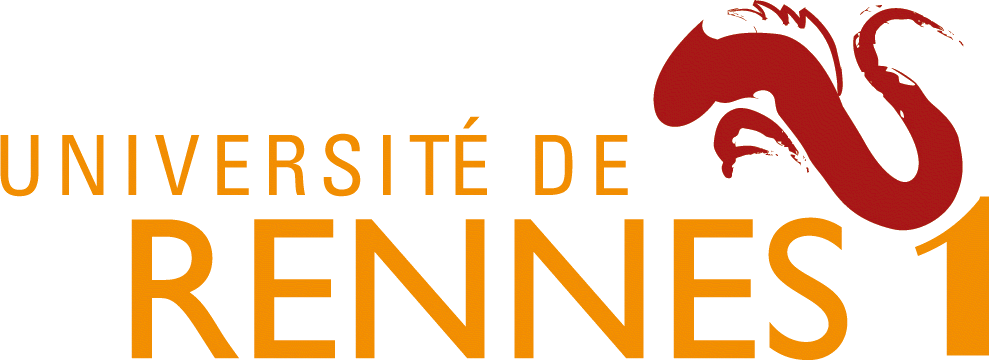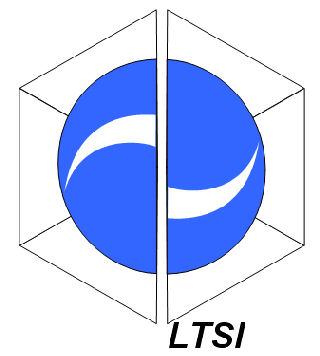News
Members
Publications
Software / Data
Job offers
Images / Videos
Collaborations
Conferences
Lab meetings: "Les partages de midi"
Practical information
Members Area
Next conferences we are in …


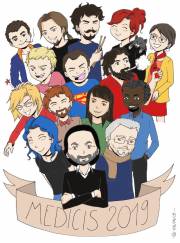
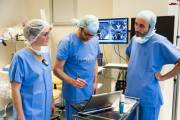
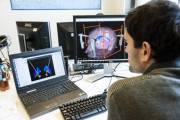
This shows you the differences between two versions of the page.
| Both sides previous revision Previous revision Next revision | Previous revision | ||
|
activities:theme3 [2014/10/20 16:45] janin |
— (current) | ||
|---|---|---|---|
| Line 1: | Line 1: | ||
| - | <html> <div class="pageTitle"> Conceptual modelling and creation of formal ontologies for Surgical Knowledge and Processes | ||
| - | <br> | ||
| - | Leader: B. Gibaud </div></html> | ||
| - | |||
| - | |||
| - | ====== Currently involved researchers ====== | ||
| - | [[:members:bernard.gibaud:index|Bernard Gibaud]], [[:members:tristan.moreau:index|Tristan Moreau]], [[:members:pierre.jannin:index|Pierre Jannin]], [[:members:xavier.morandi:index|Xavier Morandi]] | ||
| - | |||
| - | |||
| - | ====== Introduction ====== | ||
| - | In this axis, we study the use of conceptual modelling and ontological approaches for building models of symbolic information and knowledge in surgery. This is crucial in the surgical and interventional decision making process, because it allows to articulate generic and specific models on a common conceptualization of the entities we are dealing with. In our field, this concerns for example the anatomical structures involved in surgery, their specific role (i.e. targeted area to be removed, treated or stimulated, areas to be avoided during the intervention, and reference areas), the instruments used to explore such function or dysfunction (e.g., neuropsychological tests), the surgical procedures and the multiple actions composing it, the surgical tools and medical devices involved in surgery, as well as their relations to the patient anatomy. Modelling of symbolic knowledge addresses three kinds of challenges: 1) to express this knowledge in a form that can be processed by both humans and automated systems; 2) to express a consensus about a vocabulary and shared semantics within a community of people, allowing information referring to it to be successfully shared – within and across different domains; and finally 3) to exploit this formal representation in the context of various processing contexts, such as database querying (in both centralized and federated systems), interpretation and semantic annotation of data, and finally for surgical or interventional decision support. | ||
| - | |||
| - | ====== Description of the proposed research and hypotheses ====== | ||
| - | |||
| - | Our specific approach consists in relying on ontologies and other semantic web technologies, for two major reasons. The first is that the semantic web languages (primarily RDF/RDFS and OWL, but also SWRL for representing rules) are logic-based knowledge-representation formalisms. Therefore they are suitable to represent complex knowledge. Many powerful reasoning systems are now available, that « understand » the knowledge captured in these ontologies (25). The second reason is that such languages have been designed to share information in the web, with an « open» philosophy. This allows the successful aggregation of knowledge coming from various origins, assuming that some common philosophical foundations are shared (26,27). This openness is fundamental to enable reasoning involving data and knowledge from multiple sites and domains. | ||
| - | |||
| - | Two major different topics have been reached in the period: | ||
| - | |||
| - | * Sharing of data and sharing of processing tools in neuroimaging (Neurobase and Neurolog projects)} which led to build a suitable architecture to share images and processing tools, started from the NeuroBase project (supported by the French Ministry of Research), and pursued by the Neurolog project (project supported by ANR) [[:activities:theme3:research_areas|More ...]] | ||
| - | * Semantic annotation of brain anatomical structures in MRI images, which aimed at demonstrating how ontologies can be used also as knowledge sources supporting knowledge-based image annotation software [[:activities:theme3:research_areas|More ...]] | ||
| - | |||
| - | |||
| - | ====== Major collaborations ====== | ||
| - | * **Both Neurobase and Neurolog** are collaborative ANR projects. The partners with whom we have the tightest relations are: I3S (Sophia) and Business Objects, for WP1 and WP4; MIS (Amiens), GIN (Grenoble) and Pitié-Salpêtrière (Paris) for WP2; GIN (Grenoble) and Pitié-Salpêtrière (Paris) for WP5. | ||
| - | * **Concerning the second topic**, the work was done in collaboration with Christine Golbreich from the University of Versailles Saint Quentin, also member of LIRMM/CNRS in Montpellier | ||
| - | |||
| - | |||
| - | ====== Major external supports ====== | ||
| - | * **Concerning the first topic**, the external support for this project was brought by ANR (Agence National de la Recherche), through grant ANR-06-TLOG-024 | ||
| - | * **ANR VIP:** New ANR project accepted in 2009 in collaboration with CREATIS/INSERM Lyon. A significant part of this project deals with ontology development to support the sharing of models, simulated data and the interoperability of simulation software components | ||
| - | |||

